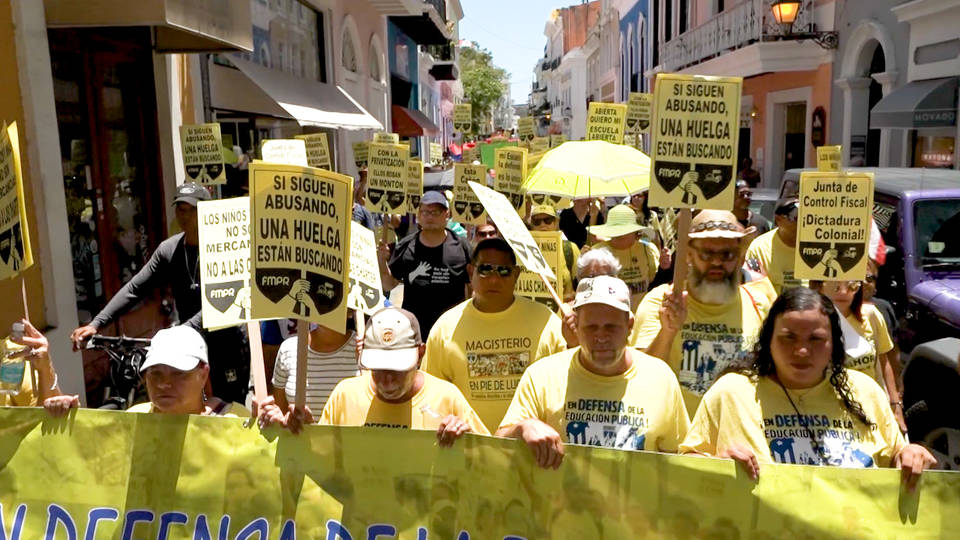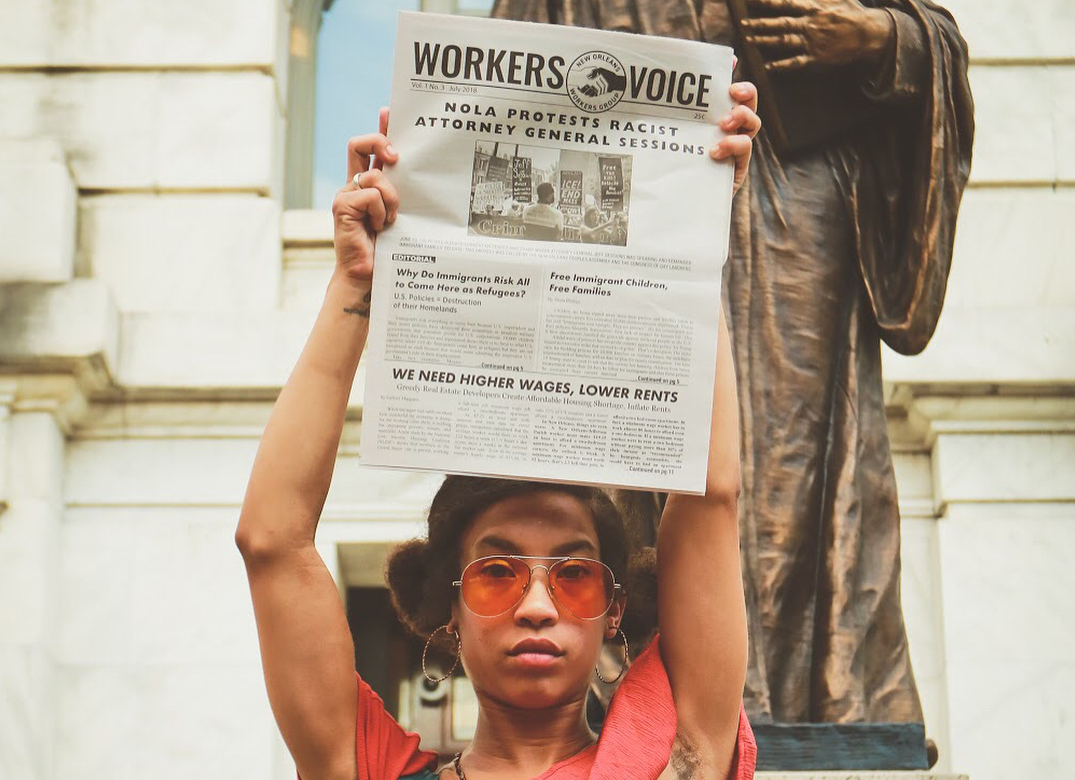By Marie Torres
When we read mainstream bourgeois media, it is easy to feel that there is heartache after heartache. What we see are the patterns in the way that the rich ruling class moves through the world — how the rich profit off of the suffering of the working class, and how the rich profit off of disasters. Borinquen (Puerto Rico) after hurricane Maria is looking a lot like New Orleans after Katrina. Thousands are left without necessities and are dying while wealthy corporations are vultures waiting to feast. A little over 6 months since the storm, people on the island are still without electricity or proper roofing, The U.S.-imposed government is closing schools and has begun privatization (charter schools). Jobs are few.
The island is a U.S. colony that pays U.S. taxes, follows U.S. law, and every Boricua is technically a U.S. citizen. Between 1990 and 2009, when it went into severe economic crisis, the island paid $73 billion in taxes– more than several U.S. states. Additionally, Congress passed the Promesa Act under the Obama Administration that aims to force Boricuas to pay an illegitimate debt of $74 billion. As you can see, the Democratic Party and the Republican Party are equally responsible for this mess. Boricuas can’t vote for the president and have no congressional representation, but they can die fighting in U.S. wars.
The history of the U.S. government’s treatment of Boricuas is not pretty. Like in New Orleans, the richest get tax breaks and are free to conduct their business for massive profit by exploiting workers. Wealthy (white) stateside businesses treat the island like a corporate playground, leaving scraps for the natives.
Hurricane Maria hit on September 20 2017, and it was the worst storm in over 100 years. The storm passed through the entirety of the island and left utter destruction behind. Maria caused the second-worst blackout recorded in world history. Many were left without clean water, food, medicine or gasoline. Government negligence has killed over 1,000 Boricuas not far off from the devastating number of 1,800 in New Orleans from Katrina. Since Maria, there have been extreme increases in deaths from diseases such as sepsis, pneumonia, emphysema and diabetes. Many of these deaths were preventable if food, clean water, electricity and medicine were available and if hospitals were fully functioning.
Like during Katrina, the government increased military occupation of the island and brokered deals for private corporations to profit off of disaster. The president visited only to bring up how the island’s debt was screwing up the U.S. budget. The government gave a Montana electricity company, WhiteFish Energy Holdings, a company that had only one truck, a $300 million contract. On April 18th, the island went into another complete blackout. The Federal Emergency Management Agency (FEMA) has been as disappointing as it was from Katrina.– a hideously delayed response, FEMA employees are seen partying in San Juan casinos while Boricuas die in the mountains, and large shipments of supplies are not distributed to those who need it most. All the while, ads call for white tourists to swarm the island’s beaches and buy up real estate from right under poor Boricuas.
The impact on the Boricua’s mind and spirit has been heartbreaking. A forgotten people abandoned by the white supremacist U.S. government during their highest time of need, Boricuas are suffering from the daily struggle of living in 90-degree temperatures without electricity, clean water, enough food and with death all around. The suicide rate has spiked 30% since the storm. Since January, there have been over 3,000 calls of suicide attempts to the Puerto Rican crisis hotline, a 246% increase from last year. This is a tragedy that those who survived Katrina know well: following the 2005 storm, mental illness rates more than doubled, with disease rates increasing as well. However, to the rich ruling class, depression of poor and working-class people is of no concern.
Huge waves of Boricuas were forced to leave their homeland since 2009, and again after the storm, with those left behind facing a blow to the children. The government has proposed shutting 283 schools. The plan of the rich is to impose charter schools and private school vouchers and we know what that means–issues of transportation, special needs students, and limited access to quality education for working class and poor families.
However, Boricuas are fighting back. The Puerto Rico Teachers Association (Asociación de Maestros de Puerto Rico) composed of 30,000 teachers, has filed a lawsuit against a bill to implement a charter schools program and offer private school vouchers to 3 percent of students starting in 2019-2020. Teachers, students and parents throughout the island are demonstrating, calling for public education funds to be used for children, not to profit private companies!
On May Day, Boricuas took to the streets in mass to protest austerity measures. They were met with heavily militarized police (U.S. trained), were tear gassed, shot with rubber bullets and arrested without warrants. We must stand in solidarity with our brothers and sisters in Borinquen. This attack on Latinxs’ poor and working-class people is unacceptable, and we cannot take it sitting down. The time for the people to unite to fight back against the rich ruling class is long overdue. As many Boricuas say, “Pa’lante por siempre!” (Always forward!)

